Are you a frequent app user? Then chances are you've come across the term "in-app purchase" before. But what exactly does it mean?
In this article, we're going to dive into the basics of mobile transactions and explore the world of in-app purchases. From unlocking extra levels in your favorite game to subscribing to premium content, we'll break down what these purchases are, how they work, and why they're such a big deal for the app experience you offer.
So grab your smartphone and get ready to embark on a journey through the exciting and sometimes costly realm of in-app purchases.
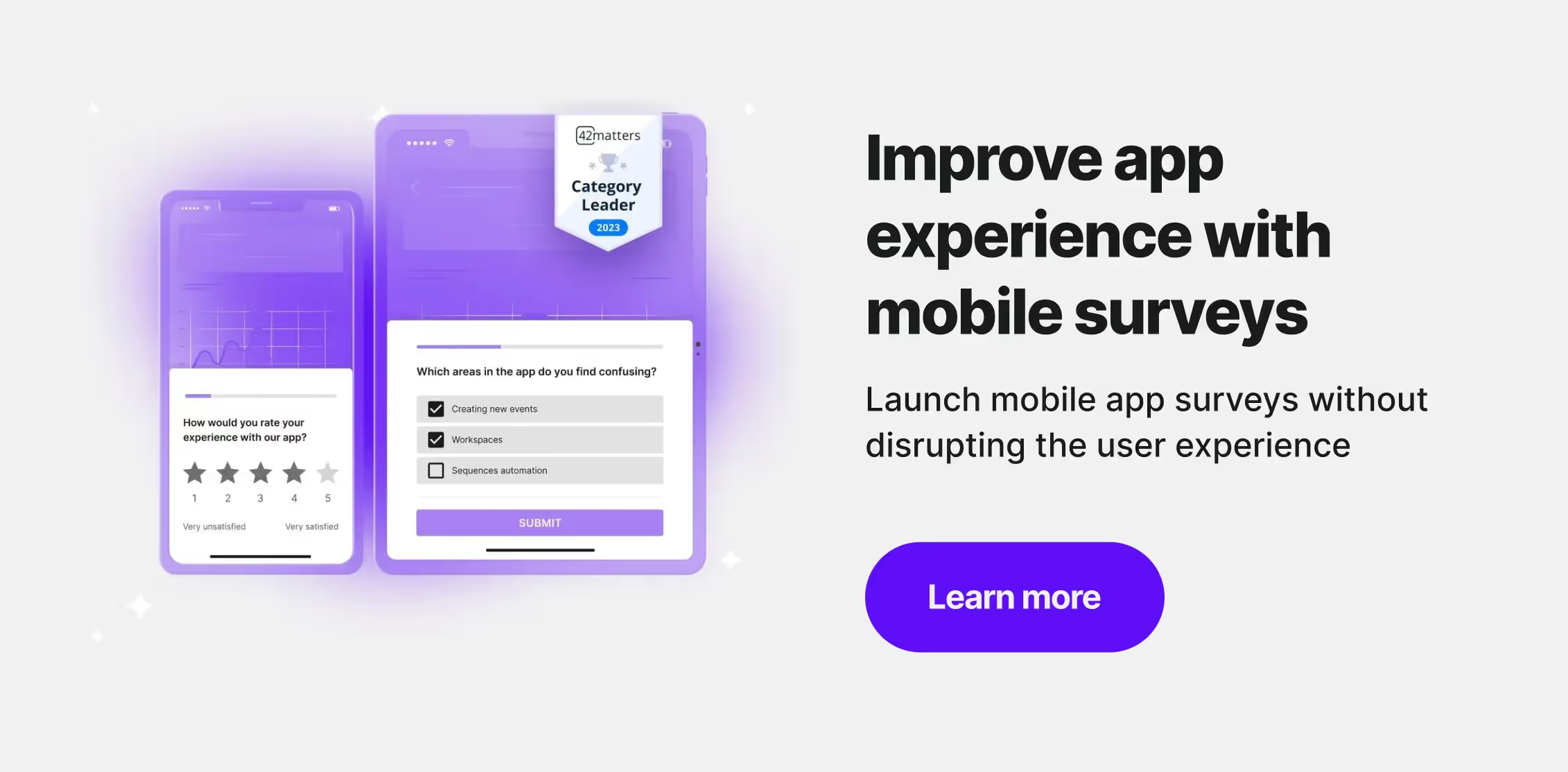
What is in-app purchase?
An in-app purchase is a transaction made within a computer or mobile application. These purchases enable you to buy something directly in the app, whether it's a tangible item, virtual goods, added functionality, or additional content. They're a way for developers to monetize their apps and for users to enhance their app experience or gain access to more features.
Types of In-App Purchases
In-app purchases can be categorized broadly into two types:
- Consumable purchases: These are digital items that can be used once and may need to be repurchased if desired again. For example, in-game currency, power-ups, extra lives, or a season pass in a mobile app game.
- Non-consumable purchases: These items are purchased once and remain available permanently. This includes extra features like full game unlock or the possibility to remove ads.
The Importance of In-App Purchases
In-app purchases serve as a vital revenue stream for app publishers working on paid apps and potentially elevate the experience with premium features.
Benefits for App Publishers
- Steady Revenue: In-app purchases provide app publishers with a continuous source of income. This revenue model can be more reliable than one-time app purchases.
- User Engagement: Offering extras such as virtual goods or additional features can encourage longer engagement times within the app.
Value to Users
- Enhanced Experience: Users have the option to purchase new capabilities or content that can significantly enhance the overall app experience.
- Flexibility: Users can tailor their app usage to their specific needs and preferences by selectively choosing which in-app purchases to buy.
Integrating an In-App Purchase Into the App
In-app purchases are incorporated into apps to unlock features or content. They require both technical know-how and adherence to platform-specific rules.
Technical Implementation
To integrate in-app purchases, you need a combination of client-side and server-side programming.
Client-side: Your mobile application interface must include:
- A store or place where users can choose to make a purchase
- Clear descriptions and prices for each item
- Buttons or links that trigger the purchase flow
Server-side: Your server should handle:
- Verification of purchase transactions to prevent fraud
- Provision of the purchased content or features only after successful verification
- Tracking of user purchases
You must also implement proper security measures to protect your transactions and user data.
Platform-Specific Guidelines
Different platforms like iOS and Android have distinct rules and tools for integrating in-app purchases.
iOS: For Apple devices, utilize Apple’s StoreKit framework to embed the purchasing capabilities into your iOS app. Ensure you carefully follow Apple’s guidelines for in-app purchases to pass the app review process.
Required steps include:
- Defining your in-app purchases in App Store Connect
- Using StoreKit for the transaction process
- Managing receipts and providing a restore purchases option
Android: For Android apps, use the Google Play Billing Library. Guidelines for the Google Play Store app are specific and must be followed to avoid issues with the app store.
Google Play Store requirements:
- Declaring your app's products in the Google Play Console
- Managing purchases through the Billing Library API
- Implementing strong security practices to validate purchase authenticity
User Experience Design
In-app purchases require a design strategy that ensures a seamless and straightforward process for the user. It is vital to prioritize simplicity and clarity to maintain user satisfaction and trust.
Payment Flow
Your payment flow should be efficient and with as few steps as necessary. Here’s how you can achieve this:
- Step 1: Select the in-app item.
- Step 2: Click on the price button.
- Step 3: Authenticate the in-app purchase.
- Step 4: Confirm the transaction.
Remember, each step should be quick and lead logically to the next, keeping you fully informed throughout the process.
Transparency and Trust
If your app offers in-app purchases, you need to be confident that it is transparent. Here's what you should look for:
- Clear Pricing: Prices should be visible and unambiguous before you commit.
- Purchase Details: Descriptions of what you're buying must be accurate and complete.
- Consent and Control: You should always have the option to accept or decline additional charges.
Trust is built when you feel informed and in control of your purchases within the app.
Monetization Strategies
In-app purchases are a cornerstone of app monetization, providing developers with the means to earn revenue from their applications. Utilizing different strategies allows you to optimize income while delivering value to users.
Freemium Model
The Freemium Model is a widespread strategy where your app is free to download and use, but features premium content, functionalities, or virtual goods for purchase. You might encounter the following elements in this model:
- Basic vs Premium: There's a free version for basic use, while the premium version offers additional features.
- Unlockable Content: Users can access advanced features or enhanced app content and services after making a purchase.
- Virtual Goods: Common in games, where users buy virtual goods to enhance the gaming experience.
Subscription Model
Under the Subscription Model, you pay regularly to use an app and its full set of features. This model often includes:
- Recurring Revenue: A consistent revenue stream from users who pay on a recurring basis, for example, with auto-renewable subscriptions.
- Free Trials: To attract users, apps often offer a free trial period before charging the subscription fee.
- Tiered Offerings: Different subscription levels provide varying degrees of value or content access.
Security Concerns
In-app purchases present particular security challenges, requiring robust measures to prevent fraud and protect users' personal data.
Fraud Prevention
Monitor Transactions: You should ensure that your app's payment system includes real-time monitoring for suspicious activity. This may include rapid repeat purchases or high-value transactions that deviate from the user's normal behavior.
Verification Systems: Employing strong verification systems like two-factor authentication can significantly reduce the risk of unauthorized purchases. You might receive a code on your phone or email to confirm purchases.
Data Protection
Encryption: Your sensitive data, such as credit card information and personal details, needs to be encrypted during transmission and storage. This often involves technologies such as SSL (Secure Socket Layer) to create a secure connection.
Access Controls: Limiting who can access your data within the company is crucial. You should only authorize personnel when absolutely necessary, and user access should be tracked and recorded for auditing purposes.
Legal and Ethical Considerations
When implementing in-app purchasing, you must navigate a complex landscape of legal requirements and ethical obligations to ensure fairness and transparency. Your strategy must respect both the law and your users' trust.
Compliance with Laws
You are responsible for understanding and adhering to all relevant legislation, such as consumer protection laws, data privacy regulations, and payment processing rules. Here is a breakdown of key legal areas:
- Consumer Protection: You must provide clear descriptions of what users are buying and the terms of any transactions. Avoid deceptive practices.
- Data Privacy: Handle all user data in compliance with laws like the GDPR and CCPA. Ensure users' financial data is secure.
- Payment Processing: Follow the guidelines set by payment gateways and regional regulations, such as PSD2 in Europe, which mandates strong customer authentication.
Ethical Monetization Practices
Ethical considerations revolve around how you respect your users while monetizing your app. Maintain transparency and fairness with the following practices:
- Transparency: Clearly communicate the cost and value of IAPs. Avoid hidden fees.
- Fairness: Ensure that IAPs do not exploit users or create a pay-to-win environment, especially in games where it can lead to an unfair competitive advantage.
Market Trends and Analysis
In the evolving digital economy, in-app purchases are becoming a standard for monetization strategies employed by app developers.
Adoption Rate
In-app purchases captured a significant share of the total revenue generated by the top 100 grossing apps across various stores, accounting for over 90% of mobile games and about 50% of non-gaming apps. This trend is not static; it's growing with a sharp incline as more users are willing to pay for digital goods and premium experiences within an app.
- 2019-2020: approximately 15% year-over-year growth
- 2021: 20% increase driven by lifestyle and utility apps
- 2022: sustained growth, despite market fluctuations
Future Projections
Going forward, market analysts predict steady growth in in-app purchase revenues, anticipating new technologies and user habits to favor in-app economies.
- Projected Revenue (2025): $370 billion with a compound annual growth rate (CAGR) of 18%
- User Penetration: set to increase from current 5.9% to 7.1% by 2025
These forecasts rest on several factors:
- Increased adoption of mobile payment systems
- Expansion of gaming industries, particularly mobile and social gaming
- Greater investment in user experience to encourage microtransactions
Managing Customer Support
Effective management of customer support is critical in resolving issues that arise with in-app purchases. Your teams must be well-equipped to handle refunds and disputes. They also should utilize various support channels to maintain customer satisfaction.
Handling Refunds and Disputes
When managing refunds and disputes, it's imperative to have a clear, customer-centric policy. Your policy should detail:
- Eligibility Criteria: Outline what conditions must be met for a refund to be considered.
- Time Frame: State the time window in which customers may file a dispute or request a refund.
Steps for Requesting Refunds:
- Direct users to the request form or contact method in your app or website.
- Inform them of the necessary information and proof they must provide.
Dispute Resolution Process:
- Acknowledge receipt of the dispute.
- Investigate the claim promptly and thoroughly.
- Communicate regularly with the customer about the status of their case.
Support Channels
Optimizing your support channels ensures users can reach out through their preferred method. Maintain these channels:
- Email Support: Provide an official support email for users to send their queries.
- In-app Help Center: Include a dedicated section within your app for FAQs and contact options.
Chat and Phone Support (If available):
- Display clear and accessible contact information.
- Implement a system to manage support tickets efficiently.
Remember to train your support staff regularly on product updates and customer service best practices to keep your support channels functioning effectively.
Success Stories of In-App Purchases
In-app purchases have propelled apps to unprecedented commercial success, showcasing the potential for developers to monetize their offerings effectively.
Case Studies
Clash of Clans: Supercell's Strategy Gem
As one of the top-grossing apps in the history of the mobile app market, Clash of Clans by Supercell is a strategic game where you can buy in-game currency (gems). These gems, consumable in-app, allow you to speed up game progress, which has contributed to its immense revenue.
Candy Crush Saga: Sweetening the Deal with In-App Purchases
Candy Crush Saga, created by King, features purchasable special actions and lives. This game illustrates how casual games can incorporate in-app purchases for sustained financial success, engaging millions of players worldwide.
Pokémon Go: Capitalizing on the Catch
Niantic's Pokémon Go introduced an initially free app where you can purchase items such as Pokéballs and lucky eggs. Despite its free-to-play nature, these in-app purchases helped the game earn substantial revenue, especially during its peak popularity.
Fortnite: Battle Royale with a Twist
The multiplayer game Fortnite offers non-consumable in-app purchases of skins emotes, and the battle pass. These cosmetic items don’t affect gameplay, yet they have been crucial for Epic Games to generate a significant income stream.
In-app purchases work seamlessly within gameplay. These case studies demonstrate successful monetization strategies that satisfy user experience and support robust revenue models.
Common Challenges and Solutions
Navigating the complexities of in-app purchases requires understanding both the hurdles and the effective strategies for overcoming them. Here we'll explore solutions to some of the most common challenges you may face.
User Retention
Maintaining an engaged audience is critical. To combat churn and improve app retention:
- Offer Frequent Updates: Keep your app content fresh to encourage users to come back. Regular updates can include new features, levels, or items.
- Incentivize Continual Use: Use rewards, such as daily bonuses or loyalty programs, to gamify the experience.
Pricing Strategies
Optimizing your pricing model is essential for profit:
- Analyze Competitor Prices: Ensure your prices are competitive by evaluating the pricing strategies of similar apps.
- Flexible Pricing Models: Offer various in-app purchase options, such as one-time purchases, auto-renewable subscriptions, or tiered pricing structures to accommodate different preferences.
By carefully considering these tactics, you can create a balance between revenue and user satisfaction.
Improve mobile applications with surveys
If you want to optimize in-app purchases in your paid app, consider integrating user surveys into your strategy.
By using a tool such as Survicate, you can easily create and send out surveys to your users within the product to gather valuable feedback.
Whether you want to know what features your users would like to see in the app, or how they feel about the pricing of your in-app purchases, surveys can provide you with first-hand insights.
So why not give it a try? Sign up for Survicate for a free 10-day trial with all the Best Plan features unlocked, and take your in-app purchases to the next level!









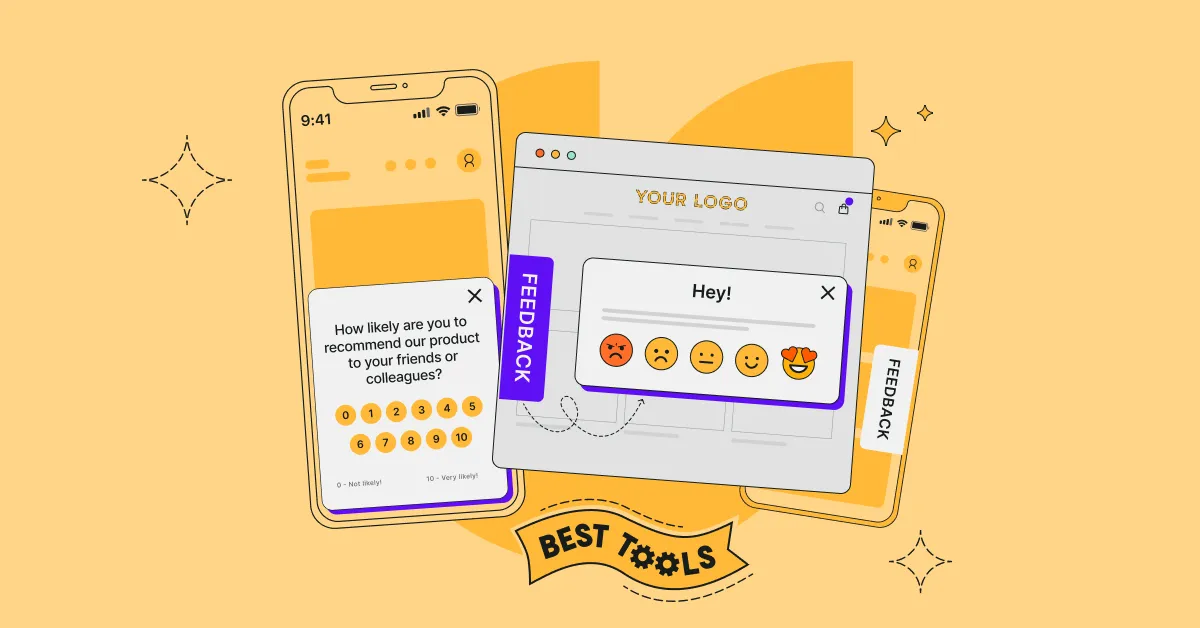
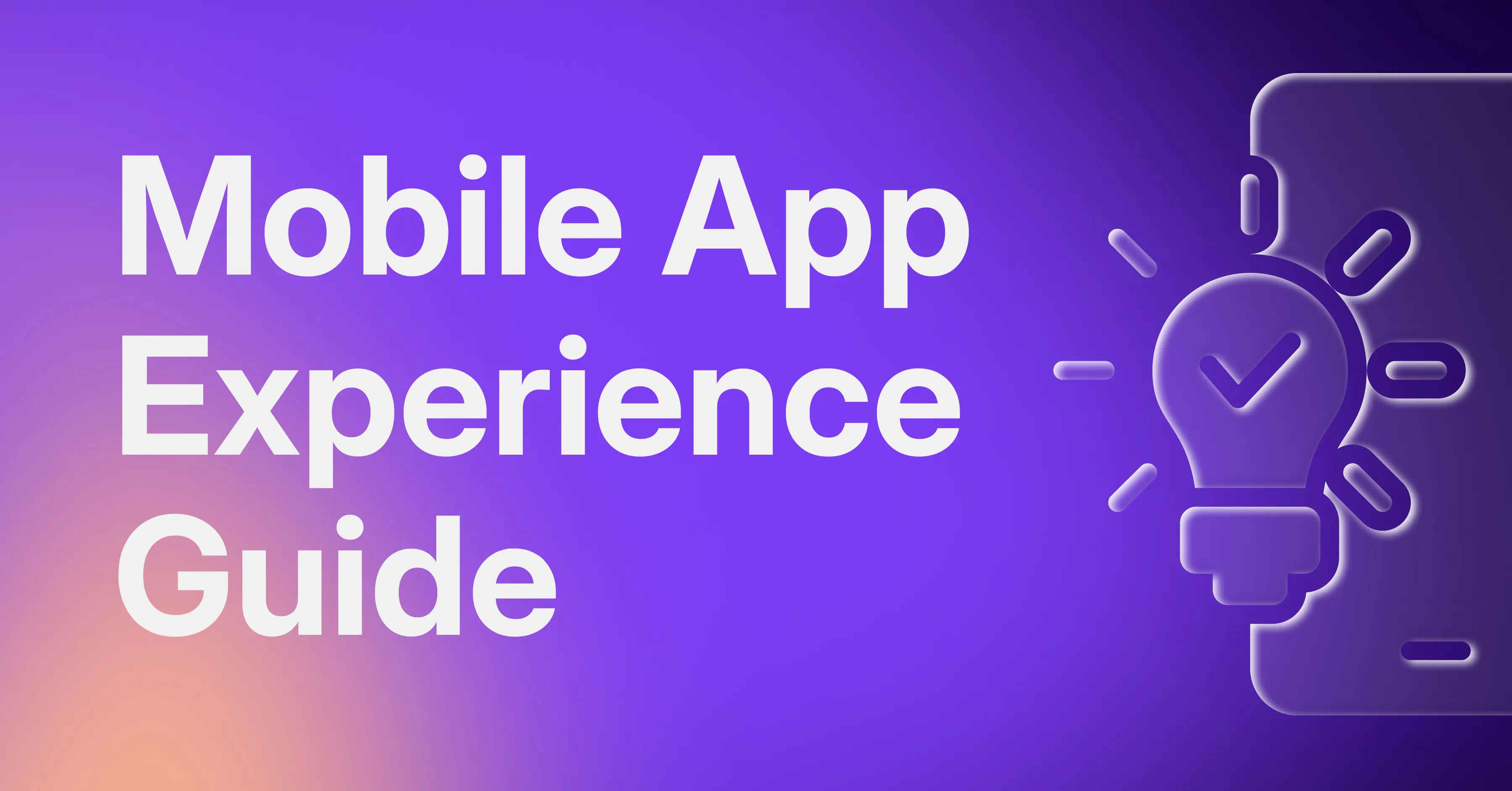
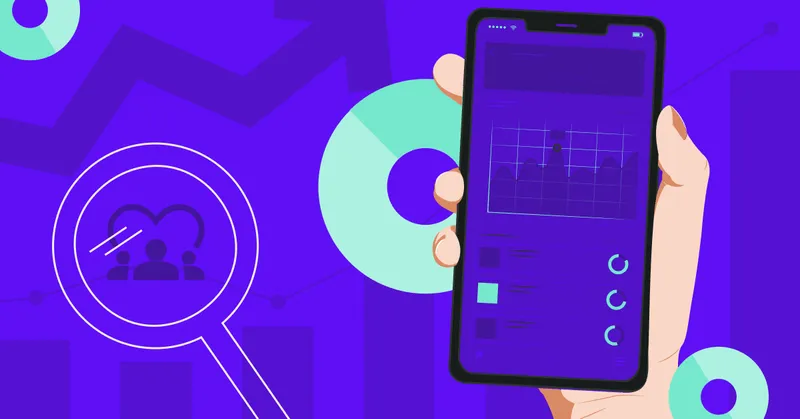
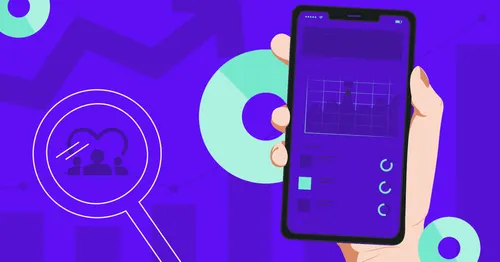

.svg)

.svg)



